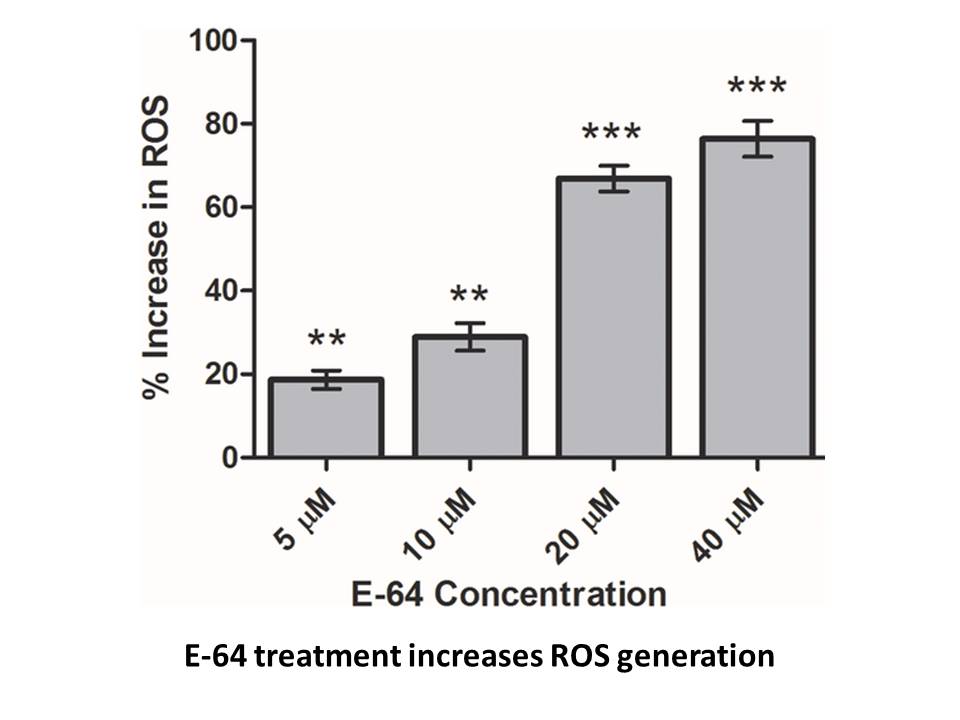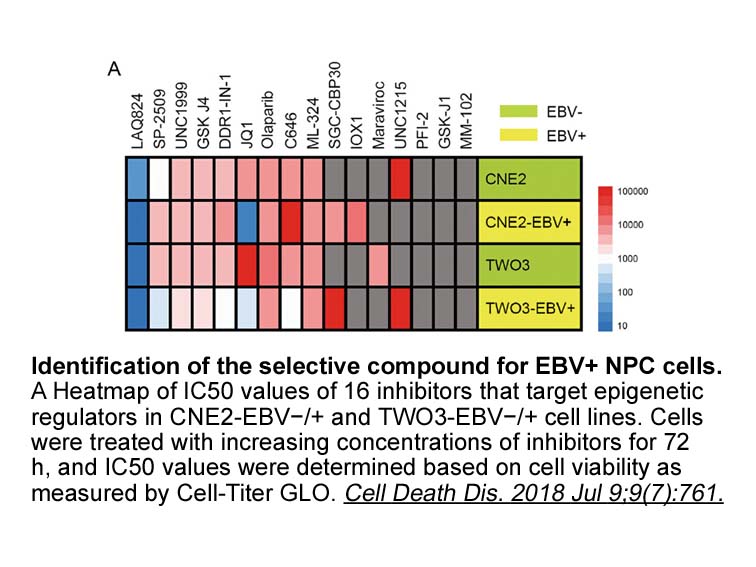Archives
- 2025-11
- 2025-10
- 2025-09
- 2025-03
- 2025-02
- 2025-01
- 2024-12
- 2024-11
- 2024-10
- 2024-09
- 2024-08
- 2024-07
- 2024-06
- 2024-05
- 2024-04
- 2024-03
- 2024-02
- 2024-01
- 2023-12
- 2023-11
- 2023-10
- 2023-09
- 2023-08
- 2023-07
- 2023-06
- 2023-05
- 2023-04
- 2023-03
- 2023-02
- 2023-01
- 2022-12
- 2022-11
- 2022-10
- 2022-09
- 2022-08
- 2022-07
- 2022-06
- 2022-05
- 2022-04
- 2022-03
- 2022-02
- 2022-01
- 2021-12
- 2021-11
- 2021-10
- 2021-09
- 2021-08
- 2021-07
- 2021-06
- 2021-05
- 2021-04
- 2021-03
- 2021-02
- 2021-01
- 2020-12
- 2020-11
- 2020-10
- 2020-09
- 2020-08
- 2020-07
- 2020-06
- 2020-05
- 2020-04
- 2020-03
- 2020-02
- 2020-01
- 2019-12
- 2019-11
- 2019-10
- 2019-09
- 2019-08
- 2018-07
-
Elacridar BCRP inhibitor Previous investigations have establ
2024-12-27

Previous investigations have established that aromatase activity is regulated via two different pathways in a tissue-specific manner. The first is a slower transcription regulatory pathway that involves an alteration in gene transcription and represents what is classically thought of as the way by w
-
Cilengitide Introduction Plant pathogenic fungi are major
2024-12-27

Introduction Plant pathogenic fungi are major pathogens in agricultural diseases and the cause of large crop losses worldwide. There are many kinds of plant pathogenic fungi, with various modes of action. For example, Botrytis cinerea (B. cinerea) is the disease pathogen in the economically importa
-
In summary the CV and
2024-12-27

In summary, the CV and renal benefits of sacubitril/valsartan in HF patients are attributed to the increased levels of peptides that are degraded by neprilysin and the simultaneous inhibition of the effects of AT1 receptor by valsartan (Fig. 1). Physical and chemical properties Sacubitril/Valsar
-
br Results br Discussion Here we
2024-12-27

Results Discussion Here, we uncovered a role for Wnt-Fz7 signaling in LTP-dependent spine plasticity and synaptic localization of AMPARs. We demonstrated that LTP induction increased Wnt7a/b protein at Rhodamine 123 staining and spines. Direct blockade of endogenous Wnts impaired LTP-mediated
-
However relatively little information is available concernin
2024-12-27

However, relatively little information is available concerning the biochemical properties and other features of such enzymes in Taeniid species. In the current report, a M17 leucine aminopeptidase gene of T. pisiformis (TpLAP) was cloned and expressed, and its enzymatic activity, biochemical propert
-
br Introduction Diabetes mellitus DM is a chronic metabolic
2024-12-27

Introduction Diabetes mellitus (DM) is a chronic metabolic disorder characterized by elevated levels of glucose in the blood. Type 1 diabetes is characterized by insufficient insulin production and needs a daily administration of insulin. Actually, no prevention is known for Type 1 diabetes. Type
-
BMS354825 The obtained results indicate that even when
2024-12-26

The obtained results indicate that even when the impairment of the same forms of memory are present, amnesia can develop in different ways. Impairment of memory reconsolidation in the conditioned food aversion model through both the serotonin receptor antagonist and the antagonist of NMDA glutamate
-
Introduction Adenosine monophosphate cAMP is a general
2024-12-26

Introduction Adenosine 3′,5′-monophosphate (cAMP) is a general-purpose signaling molecule present in most branches of life. Intracellular cAMP levels control diverse cellular functions. In bacteria, cAMP regulates metabolism by activation of the catabolite activator protein (CAP), also known as cAM
-
br Methods br Results From a study population of patients
2024-12-26

Methods Results From a study population of 7069 patients, a total of 149 falls were reported during the study ritanserin for an incidence rate (IR) of 5.2 falls per 1000 patient-days (PD), 95% confidence interval (CI) 4.4/1000 PD–6.1/1000 PD. The incidence rate ratio (IRR) for patients in the
-
In addition to the above mentioned synaptic
2024-12-26

In addition to the above-mentioned synaptic mechanisms, the serotonergic system also has a critical role in the antidepressant effects of mGlu2/3 receptor antagonists. Indeed, we previously reported that mGlu2/3 receptor antagonists increased the firing rate of serotonin neurons in the dorsal raphe
-
br Disclaimer br Conflicts of interest
2024-12-26

Disclaimer Conflicts of interest Role of the Sponsor Acknowledgements Funding/support: This project was supported by a grant from the Department of Surgery (R5129), Western University and by the Institute for Clinical Evaluative Sciences (ICES) Western site. ICES is funded by an annual g
-
br Phosphorylation of P c Initial
2024-12-26

Phosphorylation of P450c17 – Initial studies In addition to the molar ratio of POR to P450c17 and the allosteric action of cytochrome b5, a third factor that governs 17,20 lyase activity is the serine/threonine (Ser/Thr) phosphorylation of P450c17 itself. In a search for post-translational factor
-
In the present study we
2024-12-26

In the present study we sought to decipher the role of ATP-citrate lyase and of the mitochondrial NADH-dependent Mae in the oleaginous yeast Y. lipolytica. Indeed, although this yeast is one of the major models for lipid metabolism, the function of these enzymes is still not clear. As the study of t
-
Given the recent discovery of regions of single stranded
2024-12-26

Given the recent discovery of regions of single-stranded DNA in the nuclei of hypoxic cells, the role for ATR in the response to hypoxic stress seems clearer . Zou and Elledge demonstrated that both Ddc 2 (the homolog of ATRIP) and ATRIP have a lower affinity for double-strand breaks than they do fo
-
Several strategies have been employed to
2024-12-26

Several strategies have been employed to design and engineer peptide biosensors of kinase activity, which are quite different from the strategies developed to generate genetically encoded KARs. In all cases, epothilone induces changes in the spectral properties of the fluorophore(s) incorporated in
14499 records 35/967 page Previous Next First page 上5页 3132333435 下5页 Last page